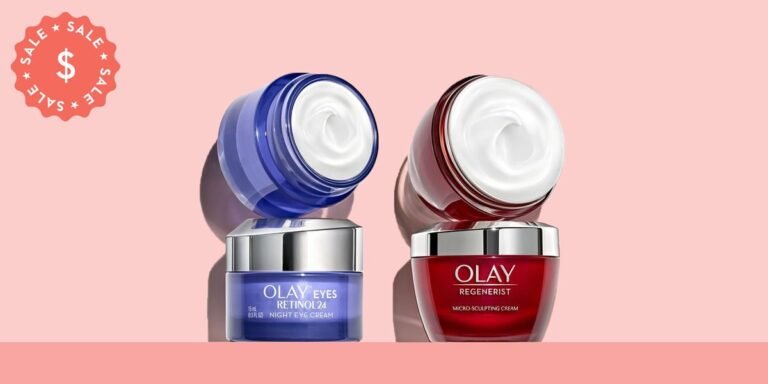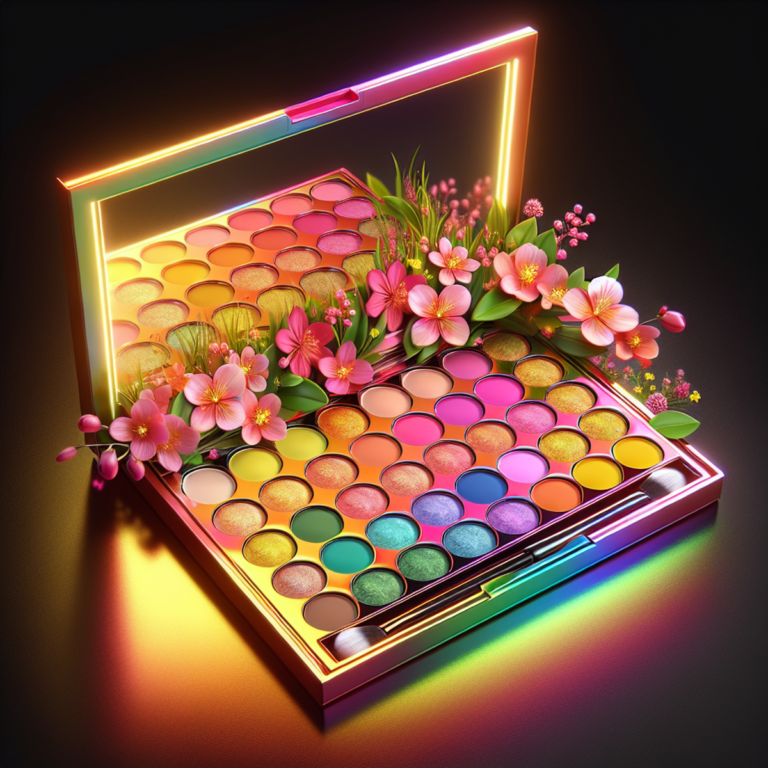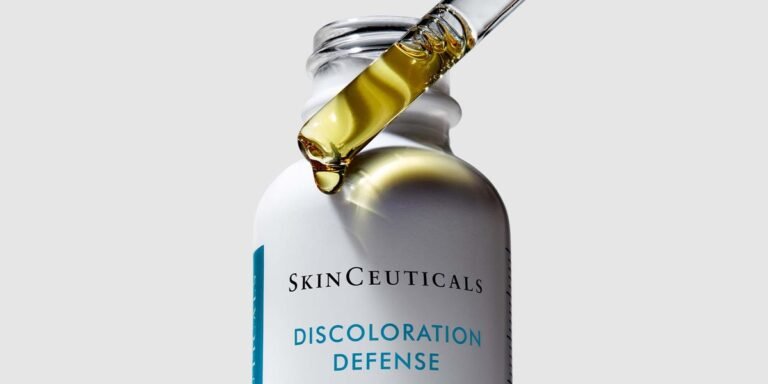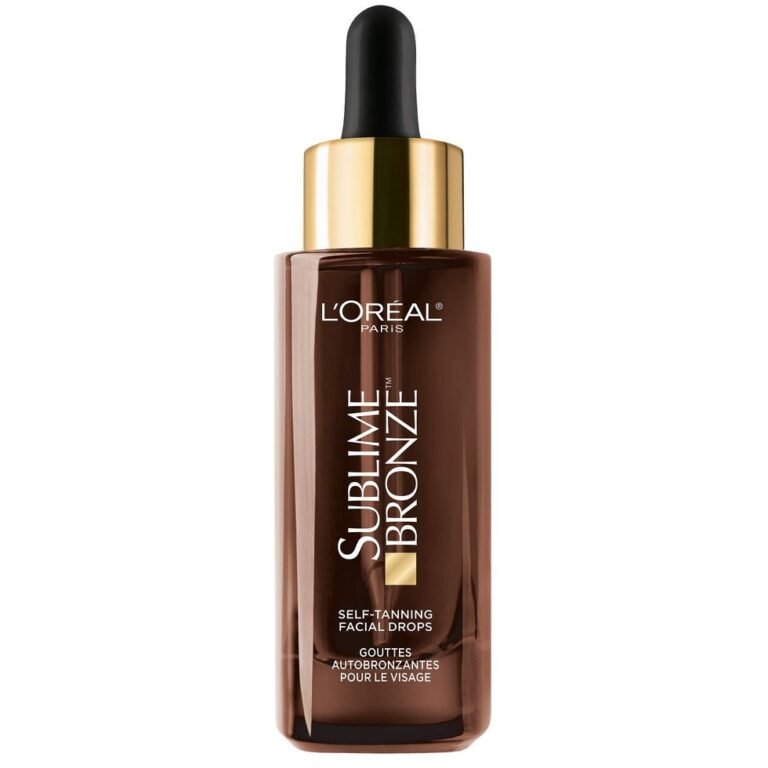How can you get rid of pimples?

Introduction
Pimples, also known as acne, are a common skin issue that affects individuals of all ages. This article aims to help you understand and manage pimples effectively. By exploring various treatments and lifestyle adjustments, you will find practical ways to improve your skin health.
Addressing pimples is crucial for both physical appearance and emotional well-being. Persistent acne can lead to scarring and impact self-esteem, making it essential to tackle the issue head-on. By following the strategies outlined in this guide, you can enhance your confidence and achieve clearer skin.
Next, we delve into understanding what causes pimples and the different types of acne lesions.
Understanding Pimples
Pimples are a common skin concern caused primarily by clogged pores. These pores can become blocked with a combination of excess oil production, dead skin cells, and sometimes bacteria. This blockage leads to various types of acne lesions, each with distinct characteristics.
Common Causes of Pimples
- Clogged Pores: Dead skin cells and excess sebum (oil) can accumulate in hair follicles, leading to blockages.
- Excess Oil Production: Sebaceous glands produce oil to keep the skin moisturized, but overproduction can contribute to clogged pores.
- Dead Skin Cells: When these cells don’t shed properly, they mix with oil and clog pores.
Types of Acne Lesions
Understanding the different forms of acne helps in identifying the right treatment approach:
- Blackheads: Open comedones where the clogged pore is exposed to air, causing oxidation and a dark appearance.
- Whiteheads: Closed comedones that remain under the surface of the skin, appearing as small white or flesh-colored bumps.
- Pustules: Inflamed lesions filled with pus, often red at the base.
- Cysts: Large, painful lumps beneath the skin’s surface filled with pus. These are more severe and can lead to scarring.
Hormonal Changes and Pimples
Hormonal fluctuations play a significant role in triggering acne breakouts. During puberty, pregnancy, or menstrual cycles, hormonal imbalances can increase sebum production. This heightened oil production often leads to clogged pores and subsequent acne development. In teenagers, this is commonly due to increased androgen levels during puberty. For adults, hormonal changes associated with menstrual cycles or pregnancy can similarly exacerbate acne issues. This type of acne is often referred to as hormonal acne.
Quick Solutions for Pimples
Topical Treatments
When you’re dealing with pimples, topical treatments can offer quick and effective relief. Here are some of the most popular and scientifically-backed options:
1. Benzoyl Peroxide
This common ingredient in acne treatments works by releasing oxygen into the pores, which kills the bacteria responsible for causing inflammation. It is available in concentrations ranging from 2.5% to 10%. Benzoyl peroxide also helps to remove dead skin cells and excess oil, making it a comprehensive solution for pimple treatment. However, it can cause dryness and irritation, so it’s recommended to start with a lower concentration and gradually increase if necessary.
2. Salicylic Acid
Known for its ability to unclog pores, salicylic acid penetrates into the skin to dissolve dead skin cells and sebum. This beta hydroxy acid (BHA) is effective in reducing blackheads and whiteheads while promoting gentle exfoliation. Salicylic acid is often found in various skincare products like cleansers, toners, and spot treatments, making it easy to incorporate into your routine.
3. Tea Tree Oil
With natural antibacterial properties, tea tree oil can be an effective alternative to traditional acne treatments. It works by penetrating the skin to unblock sebaceous glands, disinfect pores, and dry out blemishes. However, tea tree oil should be used with caution as it can cause allergic reactions in some individuals. Always perform a patch test before applying it to larger areas of your skin. It’s best used diluted with a carrier oil or in products that contain appropriate concentrations.
Understanding these options gives you a range of tools for managing pimples effectively. Each treatment has its unique benefits and application methods, so you can choose the one that best suits your skin type and severity of acne.
Natural Remedies for Pimples
Exploring natural remedies can provide gentle yet effective ways to manage pimples. Several options are known for their beneficial properties:
1. Aloe Vera Gel
Renowned for its anti-inflammatory effects, aloe vera gel can soothe irritated skin and promote healing. Applying a small amount of pure aloe vera gel directly to active pimples can reduce redness and accelerate recovery.
2. Green Tea
This popular beverage isn’t just for drinking. When applied topically or consumed, green tea offers antioxidant benefits that can lower sebum production. You can use cooled green tea bags as a compress or find skincare products containing green tea extract to help manage breakouts.
3. Essential Oils
Certain essential oils are acclaimed for their acne-fighting qualities. For instance:
- Cinnamon oil: Known for its antibacterial properties.
- Rose oil: Helps reduce inflammation and improve skin texture.
- Lavender oil: Provides calming effects and helps reduce acne scars.
These oils should be diluted with a carrier oil to prevent skin irritation before applying them to your face.
Incorporating these natural remedies into your skincare regimen can complement other pimple treatment methods like benzoyl peroxide, salicylic acid, and tea tree oil. Understanding how these natural ingredients work enhances your ability to tackle pesky pimples effectively.
Physical Methods to Reduce Pimples’ Appearance
Ice Application
Using ice on inflamed pimples is a simple and effective method to reduce swelling and redness. By constricting blood vessels, ice can temporarily decrease inflammation and provide immediate relief. To apply this method:
- Wrap an ice cube in a clean cloth or paper towel.
- Hold it against the pimple for 1-2 minutes.
- Repeat as needed, ensuring intervals to avoid skin damage.
Blue Light Therapy
Blue light therapy is another powerful tool in your arsenal against acne. This treatment uses specific wavelengths of light to target and kill acne-causing bacteria (P. acnes) beneath the skin’s surface. Its benefits include:
- Non-invasive procedure: No downtime required.
- Quick sessions: Typically lasting around 20 minutes.
- Reduced side effects compared to traditional methods like antibiotics.
While blue light therapy can be performed at dermatology clinics, home devices are also available for convenience.
These physical methods offer alternative pimple treatment options that can be easily incorporated into your skincare routine, providing tangible results without extensive effort.
Cortisone Injections for Severe Pimples
Cortisone injections are a quick-relief option for swollen or painful pimples that don’t respond to other treatments. Administered by dermatologists, these injections deliver a steroid solution directly into the inflamed area, effectively reducing inflammation and shrinking the pimple within 24 to 48 hours.
Key Points:
- Fast-acting: Provides rapid relief for severe acne lesions.
- Professional intervention: Requires administration by a dermatologist.
- Targeted approach: Directly addresses inflammation, making it ideal for cystic acne or large, painful pimples.
While cortisone injections are not a first-line treatment, they offer significant benefits when other pimple treatment methods like benzoyl peroxide, salicylic acid, and tea tree oil fall short. Consulting with a dermatologist can help determine if this option is suitable for your specific skin concerns.
Lifestyle Adjustments to Prevent Future Breakouts
Building an Effective Skincare Routine for Acne-Prone Skin
Creating a skincare routine tailored for acne-prone skin can significantly reduce the frequency and severity of breakouts. Here are some key principles to keep in mind:
- Choose Non-Comedogenic Products: These products are specifically formulated not to clog pores. Look for labels that mention “non-comedogenic” or “oil-free” when selecting moisturizers, sunscreens, and makeup.
- Cleanse Gently: Use a gentle cleanser twice daily to remove dirt, oil, and makeup without stripping the skin of its natural oils. Avoid harsh scrubs that can irritate the skin and worsen acne.
- Exfoliate Regularly: Incorporate a chemical exfoliant like salicylic acid or glycolic acid into your routine. These help to unclog pores and promote cell turnover, reducing the likelihood of future breakouts.
- Moisturize Daily: Even oily and acne-prone skin needs hydration. Opt for a lightweight, non-comedogenic moisturizer to maintain your skin’s moisture balance without causing breakouts.
- Use Targeted Treatments: Apply spot treatments containing benzoyl peroxide or tea tree oil directly on pimples to reduce inflammation and kill bacteria. These can be part of your nighttime regimen.
- Sun Protection: Sunscreen is crucial, even for acne-prone skin. Choose a broad-spectrum SPF 30 or higher that is non-comedogenic to protect your skin from harmful UV rays without clogging pores.
Managing Stress Levels to Minimize Acne Flare-Ups
Stress has been linked to increased oil production and hormone levels that can exacerbate acne. Implementing stress management techniques can help mitigate these effects:
- Mindfulness Practices: Techniques such as meditation, yoga, and deep-breathing exercises can help reduce stress levels. Regular practice may improve both mental well-being and the condition of your skin.
- Physical Activity: Exercise is a natural stress reliever that boosts circulation and promotes healthy skin. Aim for at least 30 minutes of moderate exercise most days of the week.
- Balanced Diet: A diet rich in fruits, vegetables, lean proteins, and whole grains supports overall health and can influence skin condition. Avoid high-glycemic foods that may spike blood sugar levels and increase acne risk.
- Adequate Sleep: Poor sleep can elevate stress hormones like cortisol, which may lead to breakouts. Aim for 7-9 hours of quality sleep per night to help regulate hormone levels and support healthy skin.
By integrating these lifestyle adjustments into your daily routine, you can create an environment conducive to clear skin while minimizing the likelihood of future breakouts.
Managing Stress Levels to Minimize Acne Flare-Ups
Connection Between Stress Levels and Pimple Outbreaks
Heightened stress levels can lead to an increase in the severity and frequency of acne breakouts. When you’re stressed, your body produces more cortisol, a hormone that can boost oil production in your skin’s sebaceous glands. This excess oil contributes to clogged pores and pimple formation.
Effective Stress Management Techniques
Adopting healthy habits beyond topical treatments is crucial to maintaining clear skin over time. Here are some strategies that can help alleviate both mental tension and skin issues:
- Mindfulness Practices: Engaging in activities like meditation, deep breathing exercises, or yoga can significantly reduce stress levels.
- Exercise: Physical activity not only improves overall health but also helps manage stress. Regular exercise can promote better blood circulation, which helps nourish your skin and remove toxins.
- Sleep Hygiene: Ensuring you get adequate sleep is essential for both mental well-being and skin health. Poor sleep can exacerbate stress and worsen acne.
- Balanced Diet: Consuming a diet rich in fruits, vegetables, lean proteins, and whole grains supports overall skin health. Avoiding high-glycemic foods can also help manage breakouts.
Incorporating Non-Comedogenic Products in Your Skincare Routine
Using non-comedogenic products in your skincare routine for acne-prone skin ensures that the products do not clog your pores. Look for labels that specify “non-comedogenic” when selecting moisturizers, sunscreens, and makeup.
By managing stress effectively, you can minimize acne flare-ups and maintain healthier skin over time. The connection between mental well-being and skin health underscores the importance of a holistic approach to skincare.
Long-Term Management Strategies Against Persistent Pimples
When DIY Approaches Aren’t Enough
Persistent pimples often require a more strategic and professional approach. While over-the-counter treatments and lifestyle changes can be effective for mild to moderate acne, stubborn cases may need specialized care. This is where the expertise of a dermatologist becomes invaluable.
Consulting a Dermatologist for Tailored Solutions Against Stubborn Pimples
Dermatologists offer personalized treatment options that go beyond typical at-home remedies. They start with a thorough evaluation of your skin type, acne severity, and underlying causes. Here are some advanced treatments they might recommend:
Prescription Medications
- Topical Retinoids: These vitamin A derivatives help unclog pores and reduce inflammation.
- Oral Antibiotics: Effective in reducing bacteria and inflammation, suitable for moderate to severe acne.
- Hormonal Treatments: For cases triggered by hormonal imbalances, options like birth control pills or anti-androgens can be beneficial.
In-Office Procedures
- Chemical Peels: Exfoliate the top layer of skin to remove dead cells and promote new cell growth.
- Laser and Light Therapies: Target acne-causing bacteria and reduce oil production with minimal side effects.
- Microneedling: Improves skin texture by stimulating collagen production, also aiding in reducing acne scars.
Specialized Skincare Regimens
- Dermatologists can prescribe medical-grade skincare products tailored to your specific needs.
- They may include ingredients like azelaic acid, niacinamide, or sulfur that aren’t typically found in over-the-counter products.
Lifestyle and Dietary Guidance
- Professional advice on dietary adjustments that may help minimize breakouts. For instance, reducing high-glycemic foods like sugar and white bread has shown benefits in some studies.
- Stress management techniques tailored to your lifestyle to mitigate acne flare-ups.
Benefits of Professional Consultation
- Accurate Diagnosis: A dermatologist can distinguish between different types of acne lesions and identify any underlying conditions contributing to persistent pimples.
- Customized Treatments: Unlike generic over-the-counter options, treatments are specifically formulated based on your unique skin condition.
- Monitoring and Adjustments: Regular follow-ups allow dermatologists to monitor progress and make necessary adjustments to treatment plans.
Real-Life Examples
Consider someone struggling with cystic acne despite using various home remedies and over-the-counter products. A consultation with a dermatologist could reveal that hormonal imbalance is the primary cause. In such cases, hormonal treatments combined with topical retinoids might offer significant relief.
Another example could be an individual whose acne leaves behind severe scarring. A dermatologist might suggest microneedling sessions along with laser therapy to improve skin texture over time.
Key Takeaways
- Professional intervention offers targeted solutions for persistent pimples
- Dermatologists provide comprehensive care encompassing medication, procedures, and lifestyle adjustments
- Personalized treatment plans ensure higher efficacy compared to generic DIY approaches
By consulting a dermatologist, you gain access to advanced treatments that can significantly improve your skin health, providing both immediate relief from active breakouts and long-term management strategies for persistent pimples.
Conclusion
Understanding how to get rid of pimples is essential for both your physical appearance and emotional well-being. Whether you’re dealing with sudden breakouts or persistent acne issues, there are numerous strategies available.
From topical treatments like benzoyl peroxide and salicylic acid to natural remedies such as aloe vera and green tea, the options are plentiful. Physical methods like ice application and blue light therapy also offer immediate relief. For severe cases, cortisone injections by dermatologists provide quick solutions. Regular skincare routines and stress management play crucial roles in long-term pimple prevention.
FAQs (Frequently Asked Questions)
How can I effectively get rid of pimples?
To effectively get rid of pimples, consider using topical treatments like benzoyl peroxide, salicylic acid, or tea tree oil. These ingredients help reduce bacteria, unclog pores, and promote exfoliation. Additionally, natural remedies such as aloe vera gel or green tea can provide soothing effects. For immediate relief, physical methods like ice application or blue light therapy may be effective.
What are the common causes of pimples?
Pimples commonly arise due to clogged pores caused by excess oil production and dead skin cells. Hormonal changes can also trigger acne breakouts. Understanding these causes can help in managing and preventing future outbreaks.
Are there any lifestyle adjustments that can prevent future breakouts?
Yes, adopting a consistent skincare routine with non-comedogenic products is crucial for acne-prone skin. Additionally, managing stress through mindfulness practices or exercise can minimize acne flare-ups as heightened stress levels are linked to increased severity and frequency of breakouts.
What role do dermatologists play in treating severe pimples?
Dermatologists can provide personalized treatment options for stubborn cases of acne. They may administer cortisone injections for quick relief from swollen or painful pimples and offer tailored solutions based on individual skin conditions.
Can natural remedies really help with pimples?
Yes, natural remedies such as aloe vera gel and green tea have anti-inflammatory properties that can soothe active pimples. Essential oils like cinnamon, rose, and lavender are also known for their acne-fighting qualities when used appropriately.
How quickly can I expect results from pimple treatments?
Results from pimple treatments vary depending on the method used. Topical treatments may show improvement within a few days to a week, while natural remedies might take longer to yield visible results. For immediate relief from inflamed pimples, physical methods like ice application may provide instant but temporary results.










